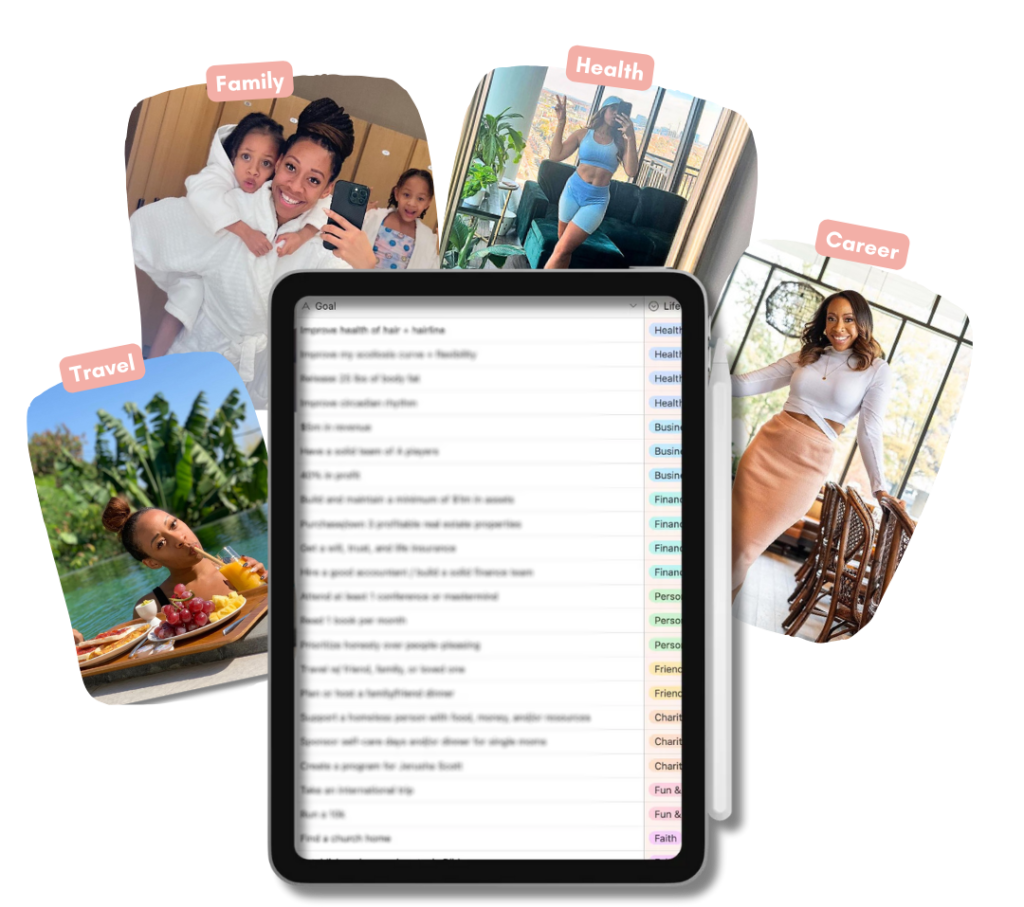
I decided to do a Content Creation Series to answer the question “what goes inside of a [content type]?” I know content creators are always wondering if they’re giving way too much or too little, and I want to help clarify that. In this series I will cover:
I like creating multiple content types because they help me build my brand and serve my audience in different ways. Blog posts are excellent because they’re a way to give my audience something valuable for free. Webinars are perfect making an instant connection with my audience through live video. Masterclasses are great because they’re intense trainings that don’t require huge time or financial investments. And online courses are the best way to for clients/students to have long-term access to me for cheaper than working with me one on one.
As I mentioned in the previous post, strategically curated content will always build your brand. And what you choose to do with that content determines if it will build your list and your bank account.
[Tweet “Smart content should build your brand, your email list, and your income.”]
Creating online courses requires the biggest time investment, but it yields the greatest returns. It is definitely overwhelming to create and edit videos, workbooks, checklists, slideshows, etc. Not to mention writing the content for the course and setting up the platforms for students to have access to you and the material.
Before diving into what goes inside of an eCourse, it’s crucial that you understand that more content does not equal more value. People are paying you to be a short cut. Provide the exact information they need to get the desired result you promised.
[Tweet “More content does not equal more value. People are paying you to be a short cut.”]
So, what goes inside an online course?
I create my course content by writing out the steps my students need to get the desired result. If your course caters to busy, working moms who struggle with getting more accomplished and your course promises they will be more productive, then you need to answer the question, “How can I be more productive as a busy mom with a career?”
[Tweet “All products and informational content should answer a specific question.”]
Knowing what question you need to answer will help you organize your thoughts into carefully crafted content.
Once you have your answer to the big question, break it into the precise steps it will take your students to get there. For example:
Your answer (client’s desired result):
Step 1 to [desired result] is ________________.
Step 2 to [desired result] is ________________.
Step 3 to [desired result] is ________________.
And so on.
Then, each step would become a module in your course. You can answer each step using a “bulleted response” that you could turn into mini-lessons within each module.
[Tweet “Once you know the promise, you’ll know how to create the process.”]
If you realize that your answer has more than ten steps, then the question you’re answering is too vague, and your course is not niche enough. If that’s your case, I strongly recommend that you narrow it down. Who wants to take a course with a 58-step process to achieve anything?

[Tweet “Nobody wants to buy a 58 module course to get their desired result.”]
What do you have to create?
Now that you’ve written out the steps to get your students to their desired result, you need to decide how you’ll deliver the content. In my program, Master Your Market, my students get:
- Video lessons
- Live Video (Coaching Calls)
- Workbooks
- Checklists
- Written content within the platform (very similar to blog posts)
- Excel sheets
- Resources & tools (the same ones I use in my business)
Creating course content is just a matter of outlining the meaty process that will get your students from one point to another. It’s the beautiful package that your clients/customers/students will see.
Aside from just getting the materials together for the course content, there’s a lot to get together for launching and promoting your course. For example:
- Outline Course Details
- Course Title & Hashtag
- Course Start Date
- Course Purpose (who is it for and what result will they get?)
- Promotional Copy
- Graphics For Social Media
- Sales Page Copy & Content
- Confirmation Email & Copy
- “Thank You” Page Copy
- & More
Whether you’re a team of 1 or a team of 5, a streamlined content and product creation process will save SO much time. Every time I create and launch a new product, I have a templated checklist guide to refer to. A detailed checklist keeps me and my team organized.

Want help coming up with content and streamlining your course? Grab The Product Planner and add The Smart Content Toolbox at checkout for 15% off! Use coupon code ‘friedchicken’ at checkout.




Very detail.
But I have a challenge putting together content. I always have this doubts that am using some other persons content to build mine.how do I overcome it? Has it happened to you before?
Secondly, I love shoe.I also make shoes. How can I create content around this?